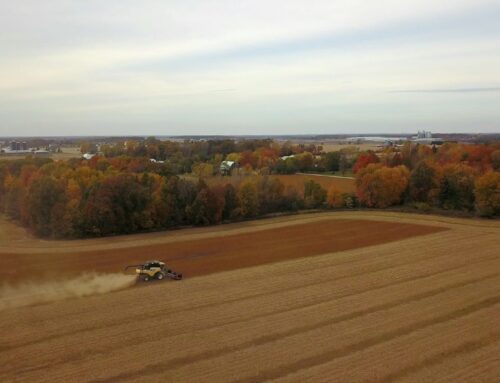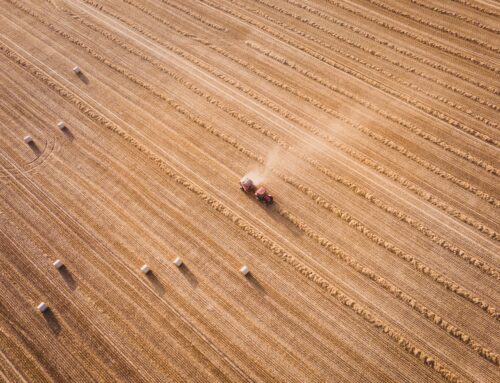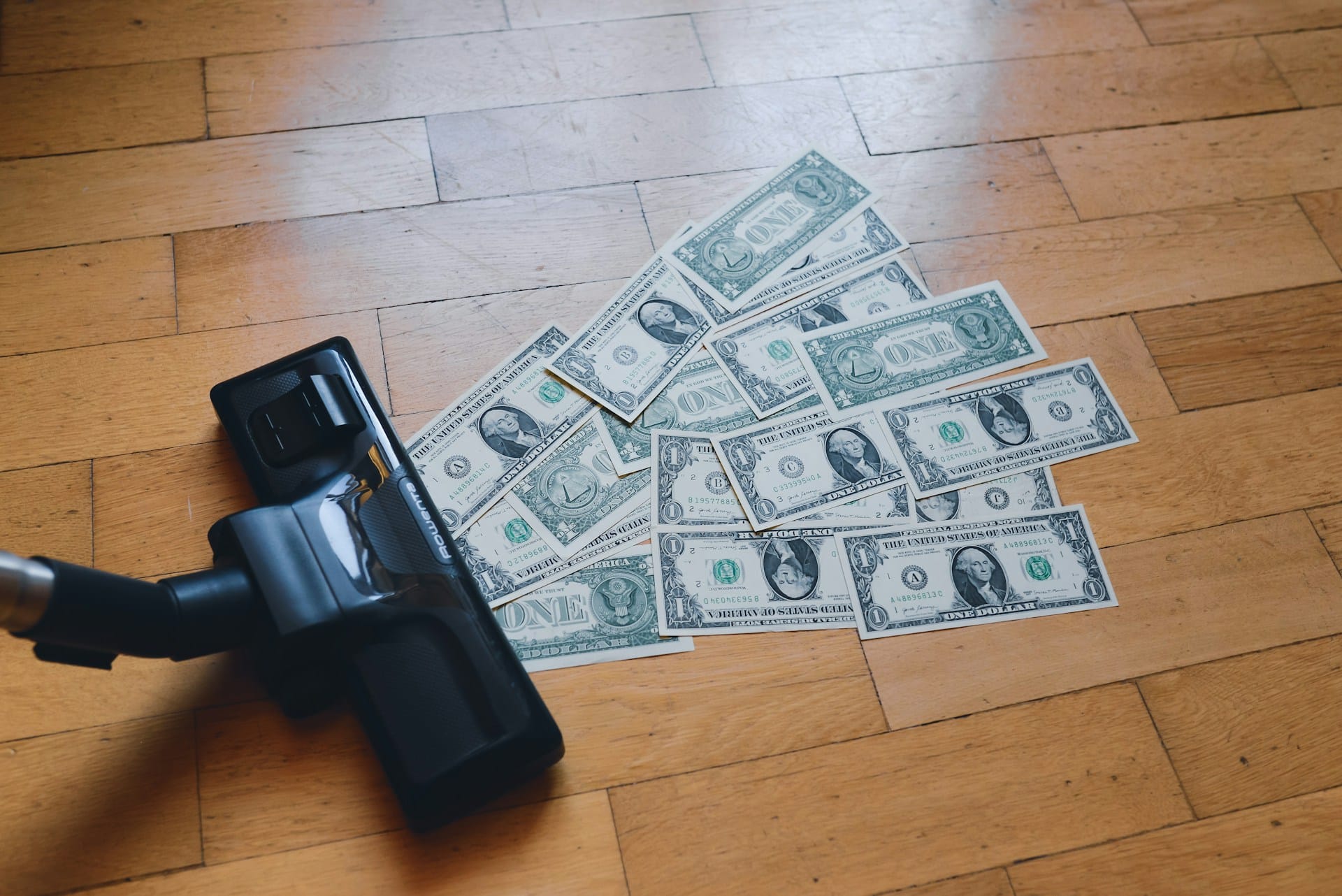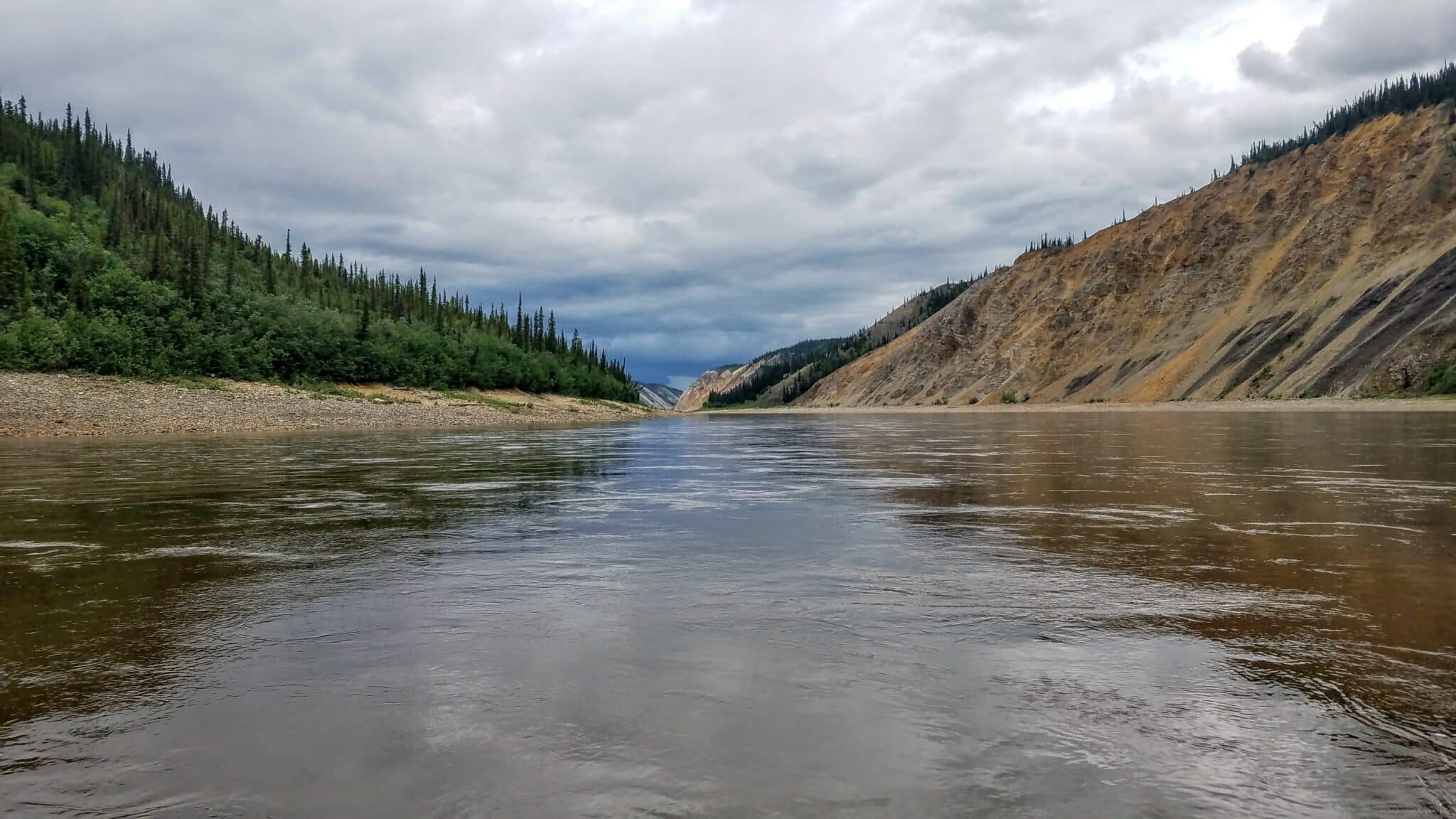House Democratic leadership released their supplemental appropriations spending bill covering natural disasters in 2018. Spending on Puerto Rico’s SNAP program and an increase in Rural Development grants increase the overall USDA price tag. But the spending on so-called agricultural income safety net programs is an identical dollar amount and contains policies very similar to the supplemental bill the House passed in December 2018. A bill the Senate did not consider, in part because it also contained $5.7 billion for border security.
The spending and policy changes made for USDA continue Congress’ penchant for shoveling cash to favored interests. You can take a look at the Emergency Supplemental Comparison (FY2019 and BBA2018) here or download it here. Some examples include:
- $1.1 billion in deficit-financed spending for agricultural losses due to hurricanes, volcanic activity, and wildfires in 2018. This is in addition to the $2.36 billion of deficit-financed spending that was enacted in March 2018 to cover 2017 losses due to hurricanes and wildfires.
- Explicit expansion of eligibility beyond crop and citrus producers to businesses that lost poultry, livestock, milk, and private forests.
- Ad hoc disaster aid that can be used to pay “for past or future crop insurance premiums” if the Secretary chooses. Under federally subsidized crop insurance, agricultural businesses on average pay 1/3 the premiums charged for their crop insurance with taxpayers covering the rest. So deficit-financed federal dollars can now be directed to cover much of this 1/3 farm business premium.
- Allowance of ad hoc disaster aid to cover up to 70 percent of the losses for agricultural businesses that chose to not buy federally subsidized crop insurance even though it was available. They gambled and lost, but now the House will pay out anyway.
On a positive note, the bill does require agricultural businesses that cash in on the disaster payments to purchase crop insurance for the next two crop years.
However, this requirement excludes “tree insurance policies”:
- Businesses growing pecans can purchase federal crop insurance on the revenue they expect from their pecans (and most do so). They also have the ability to purchase federally subsidized crop insurance on the trees themselves (almost none do).
- Pecan growers will continue to not purchase pecan tree insurance because the bill also contains a provision making taxpayers responsible for salvage and replanting costs for pecan growers that lose 7.5 percent of their trees. Typically the Tree Assistance Program requires producers to lose at least 15 percent of their trees.
If Congress adopts this bill it will mark nearly $3.5 billion in un-budgeted agricultural spending sailing through Congress in less than 12 months. This in spite of farm bill apologists claiming passage of an $867 billion farm bill with its expansion of federally subsidized crop insurance and other agricultural business income entitlement programs, would stave off the need for unbudgeted ad hoc disaster bills.











Get Social